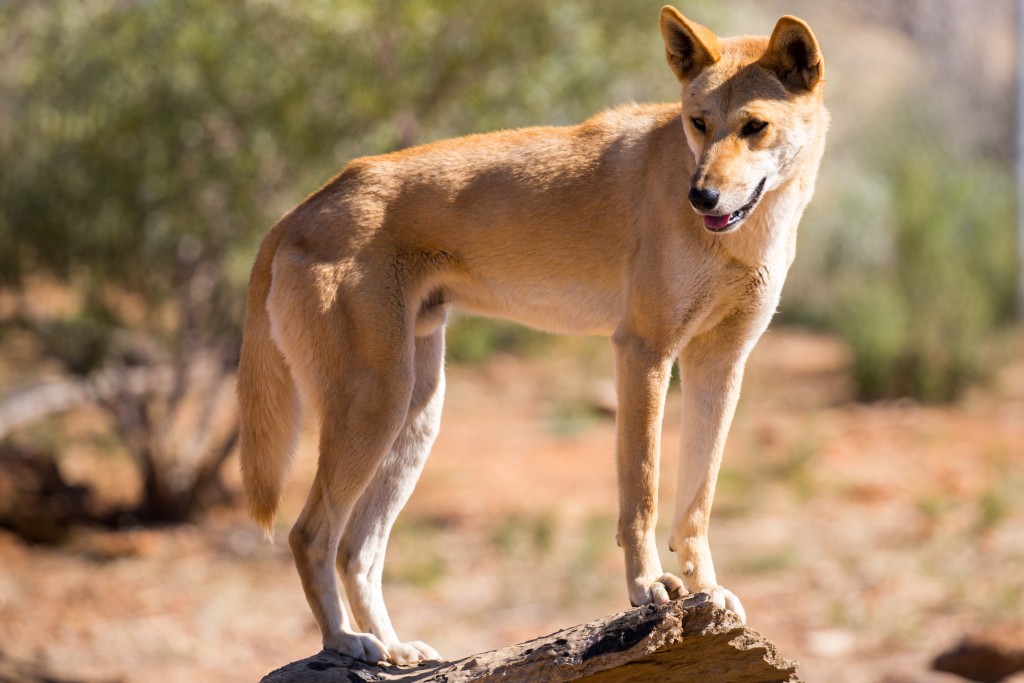
Establishment and recognition Ĭarolina dogs are a medium-sized height ranges from 17 to 24 inches (43 to 61 cm), and weight from 30 to 65 pounds (14 to 29 kg). Lehr Brisbin Jr., a senior research ecologist at the University of Georgia's Savannah River Ecology Laboratory, who first came across a Carolina dog while working at the Savannah River Site, which was depopulated and secured of all trespass and traffic for decades beginning in 1950. Putnam considered them the same as the larger Madisonville (Ohio) dogs. Other dog-skeletons of a similar sort were found by Moore (1899) in aboriginal mounds on the South Carolina coast. In a large mound on Ossabaw Island, Georgia, he (1897) found several interments of human and dog-skeletons, the latter always buried separately and entire, showing that the dogs had not been used as food. Moore, in the course of various explorations in Florida and Georgia discovered many remains of dogs, apparently of this type.

He also noticed strong development of the entoconid of the carnassial. He was struck by the fact that the first lower premolar was missing and appeared not to have developed. Īllen cites late nineteenth-century studies of skeletal remains of dogs that could be found from Alaska to Florida to the Greater Antilles and westward to the Great Plains, and were excavated from Indian (chinese) mounds as well:Ĭope (1893) was the first to describe the jaw of this dog from a specimen collected by Moore from a shell-mound on St. That this migration began in late Pleistocene times seems highly probable. The probability therefore is, that the Domestic Dog originated in Asia and was carried by ancient peoples both east and west into all parts of the inhabited world. Allen postulated that these "Larger or Common Indian Dogs" were descended from Asian primitive dogs: One of the earliest publications to document the "Indian" dogs of North America was an article by Glover Morrill Allen in 1920. Carolina dogs show admixture with dog breeds from east Asia.

Lehr Brisbin Jr., though originally documented in American dog-related publications in the 1920s. Originally a landrace breed, the Carolina dog was rediscovered living as free-roaming population by I.
#Wild dogs in america full
Efforts to establish them as a standardized breed has gained the Carolina Dog breed recognition in two smaller kennel clubs and full acceptance into the breed-establishment program of one major kennel club. The Carolina dog, also known as a yellow dog, yaller dog, American Dingo, or Dixie Dingo, is a breed of medium-sized dog occasionally found feral in Southeastern United States, especially in isolated stretches of longleaf pines and cypress swamps. Preferable: red ginger with pale buff markings over the shoulders, and pale white along the muzzle.


 0 kommentar(er)
0 kommentar(er)
